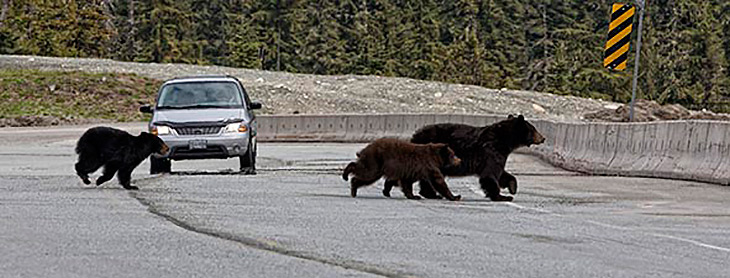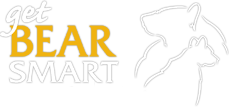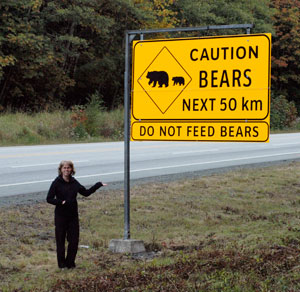
Vehicles stop wildlife dead in their tracks
People kill more wildlife with their cars than in any other way. But we can help cut the number of animals who die on roads and highways.
Each year in British Columbia, a minimum of 4,898 animals are killed due to collisions with vehicles. Thousands more go unreported; it is estimated that the actual number could be as high as 20,000. View more stats.
Animal collisions pose a risk to wildlife, people and their property. Help us to reduce the staggering number of deaths and injurious accidents by following these guidelines:
- Drive defensively and concentrate on the road at all times. Watch the sides of the road for wildlife attempting to cross, especially where visibility is poor (at bends in the road, or where the forest comes close to the road). Use extra caution at night; bears are dark animals and are very difficult to see in the dark, or even at dusk and dawn. Bears and other animals are often found foraging roadside during spring when newly sprouting clover (especially along newly constructed highways) provides good feeding. Click here for a list of high risk locations.
- Watch for signs that have been posted in high wildlife collision zones and slow down.
- Think “what if….”. Being mentally prepared will help you if you encounter an animal on the road.
What to do if you see an animal on the road
- Slow Down – collision avoidance and driver response time are improved at slower speeds.
- Anticipate unpredictable behaviour from all wildlife; as well as other vehicles on the road.
- Try to determine what the animal is doing and where it might go.
- Some animals travel in groups- where there is one animal, there may be more. Watch for bear sow/cub or doe/fawn pairs, as well as entire herds of animals such as elk and bighorn sheep.
- NEVER stop to view wildlife. This stresses wildlife and creates unsafe road conditions due to traffic congestion.
What to do if an animal is hit on the road
- Call the police if there are any human injuries or significant damage to your vehicle. Inspect your vehicle to see if it is safe to continue driving.
- Call the local wildlife agency if there is a dead animal to report. In BC, call the Conservation Officer Service at 1.877.952.7277
- If you have injured an animal, please call a rescue service for help, especially if a mother’s offspring has been orphaned in the accident. For a list of wildlife rescue associations, click here for Canada. Click here for US.
NOTE: This information was obtained from the Wildlife Collision Prevention Program. For further information, visit their website.
Policymakers and wildlife managers: For more information and mortality data, click here. This link provides recommendations for reducing animal vehicle collisions such as intelligent warning systems; roadside vegetation management, brush management; and mineral licks.

